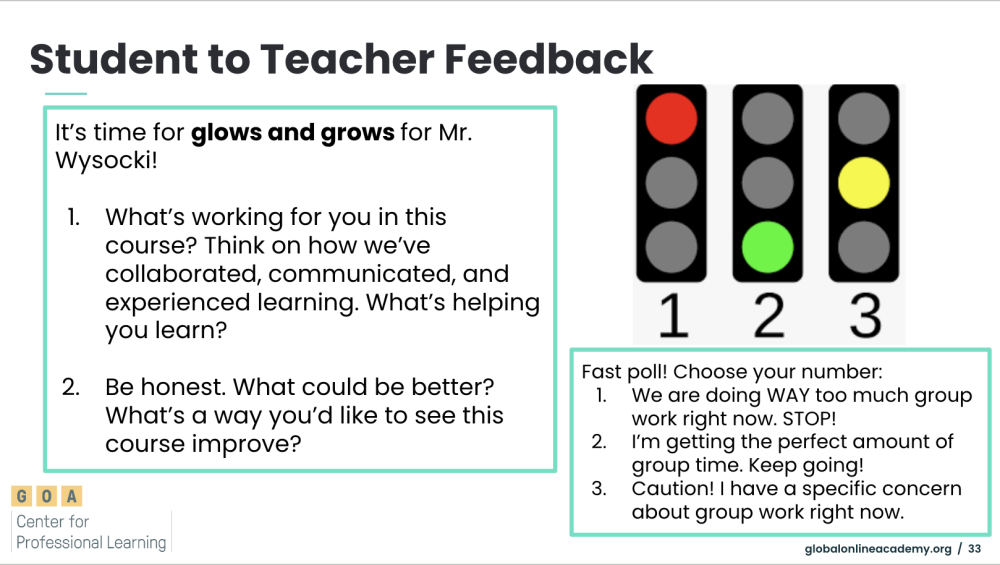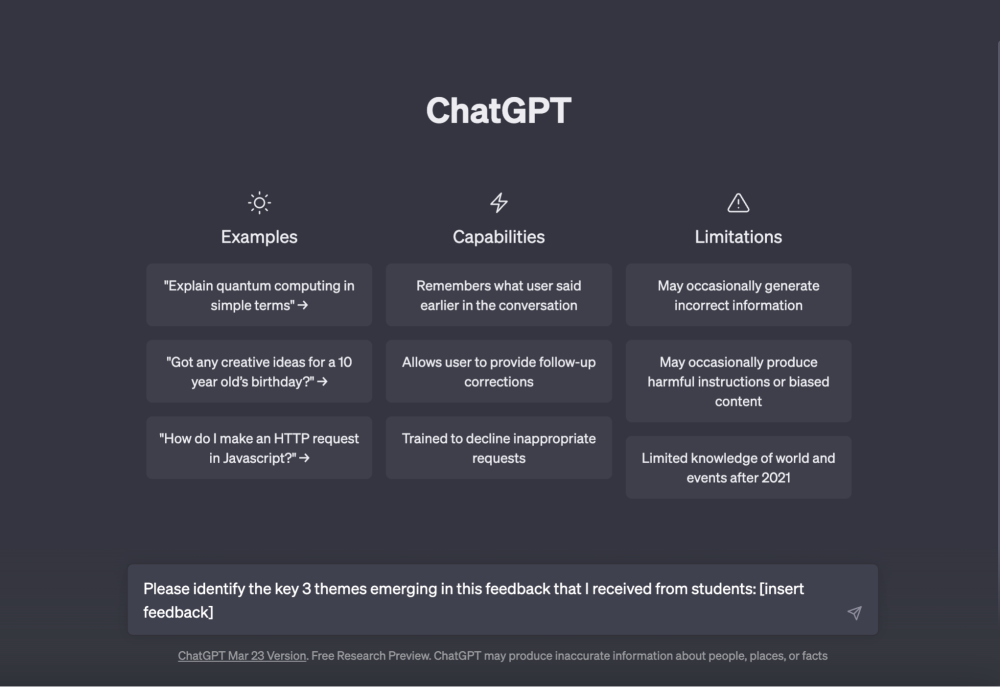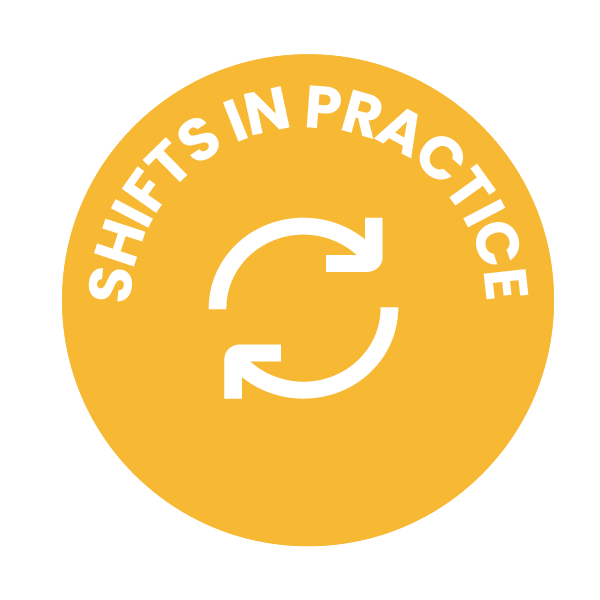How to Make Reflective Practice a Daily Practice
“Success is the product of daily habits—not once-in-a-lifetime transformations.” -James Clear, Atomic Habits
As educators, we know that engaging in deliberate reflective practice is a critical way to improve our performance (after all, we ask our students to do it to reap the benefits of deeper learning). Yet, reflective practice is one of the first things that falls by the wayside when we get busy. Aside from the confines of teacher evaluations, it’s difficult to make time for a full-blown reflective practice.
But reflective practice doesn’t have to be an onerous, all-encompassing task. In fact, it shouldn’t be. As James Clear writes in Atomic Habits, “Success is the product of daily habits–not once-in-a-lifetime transformations.” It’s actually more meaningful when reflective practice occurs in frequent, manageable bursts.
So, how can we go about making reflective practice a daily practice? Here are four strategies to consider:
1) Block Off 10 Minutes on Your Calendar
This strategy might seem to be obvious on the surface, but it requires an act of will, a deliberate decision to prioritize making reflective practice a daily practice. “You do not rise to the level of your goals. You fall to the level of your systems,” says James Clear in Atomic Habits. We value what we make time for, and the act of setting aside a small amount of dedicated time is a way to set the conditions to build the habit of reflective practice. To shore up your system for building a habit, consider looping in a colleague to serve as an accountability buddy.
Why 10 minutes? Countless studies, including one from Dr. Elise Bialyew, author of The Happiness Plan, speak to the transformative power of 10 minutes of daily meditation. It’s a small enough increment of time where scheduling it doesn’t pose an undue burden. The same could be said for engaging in a quick reflective practice: take 10 minutes to respond to “This is what went well today. Here is how I know…”
2) Embedding Student-Teacher Feedback
In his seminal Seven Keys to Effective Feedback, Grant Wiggins speaks to the importance of ensuring that feedback for students is timely, actionable, and ongoing in order for it to have an impact. This begs the question as to why so many of us only ask for feedback from our students at the end of a course or school year? We often ask students to reflect on their understanding of content, but how often do we ask for feedback on our teaching methods when we have the opportunity to make adjustments during the course?

Something as simple and lightweight as implementing a weekly Google Form can be used to capture reflections and feedback from students on your teaching practice when it matters most. Using a series of Likert scales can provide snapshots of your teaching in a moment in time and quickly aggregate data.
Additionally, generative AI offers educators a powerful tool for synthesizing and analyzing qualitative feedback from students. Especially given how pressed we are for time, it can be challenging to sift through a 100+ narrative responses from students. ChatGPT provides us with an opportunity to copy any feedback we’ve received from students and ask the AI to identify the core themes that are emerging.

3) Gut-level Teacher Reflection
Jennifer Gonzalez of The Cult of Pedagogy Podcast came up with a framework for 5 questions to help teachers listen to their gut about their practice:
What parts of the classroom space make you feel tense, anxious, or exhausted? What parts make you feel calm, happy, or proud?
What parts of your planbook give you a lift? What parts irritate you?
Which names on your student roster make you feel proud? Which names make your chest tighten?
Which coworkers give you a positive feeling, which a neutral feeling, and which a negative feeling?
Which professional buzzwords (ex. Project-based learning) give you positive, negative, or mixed feelings?
The key is then honing in on the parts of your practice that aren’t quite sitting right with you. Gonzalez has created a free worksheet for these questions, but you can just easily think through these questions on your commute.
4) Annotation
Whether you write your lesson plans out by hand or use some kind of digital approach, it’s worth considering spending a minute or two to annotate a part of the class that went either exceptionally well or fell exceptionally flat. Using either a post-it note or the comments function in Google Docs, add a couple of notes that your future self will thank you for. Using a framework like “Next year, I’m going to do this….because…” to capture your reflections when they’re fresh will save you a lot of time when planning for the following year.
For style points, try leaving yourself voice notes using a digital app like Mote or Kaizena.
Make a commitment to try at least one of these strategies for reflective practice tomorrow. To paraphrase and slightly misquote James Clear, every action you take is a vote for the type of educator you wish to become.
For more, see:

This post is part of our Shifts in Practice series, which features educator voices from GOA’s network and seeks to share practical strategies that create shifts in educator practice. Are you an educator interested in submitting an article for potential publication on our Insights blog? If so, please read Contribute Your Voice to Share Shifts in Practice and follow the directions. We look forward to featuring your voice, insights, and ideas.
GOA serves students, teachers, and leaders and is comprised of member schools from around the world, including independent, international, charter, and public schools. Learn more about Becoming a Member. Our professional learning opportunities are open to any educator or school team. Follow us on LinkedIn and Twitter. To stay up to date on GOA learning opportunities, sign up for our newsletter.
